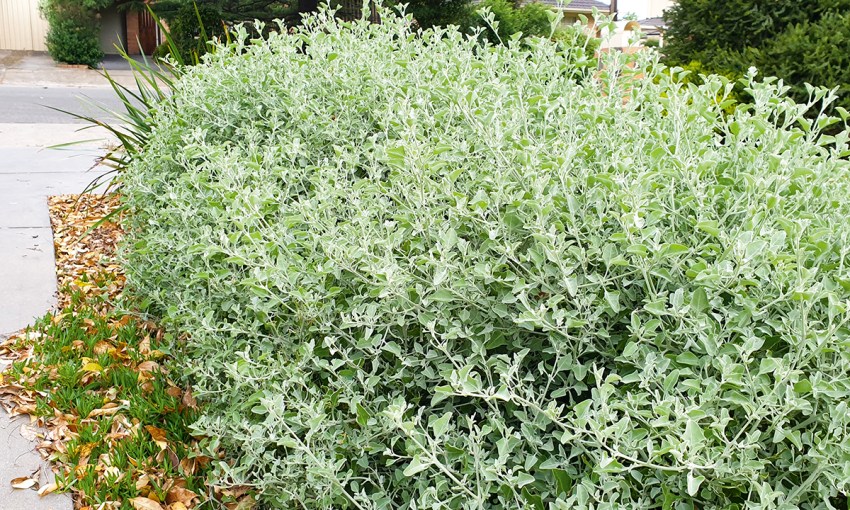Native plants may be a tough and hardy bunch but, just like anything else in the garden, they will richly reward a little bit of effort.
How to maintain a native garden
Native plants can be used to style almost any garden, bringing colour, wildlife and originality. It is important to know some basic techniques and have a plan of maintenance to keep your plants growing to full potential.
Compost
An application of good quality compost (avoid alkaline mushroom compost if possible) would greatly improve your soil’s moisture-holding capabilities, nutrient content and structure as well as encouraging beneficial organisms to the root zone. Compost will buffer some of the effects of salts present in water being used for irrigation.
Compost is most effective when used in conjunction with mulch and can be added to the moist soil surface or dug in at planting. Incorporation of compost to the soil will be achieved by the soil biota and will encourage soil life such as worms and microorganisms to form minute tunnels, building structure into your soil.
Fertiliser
The addition of fertiliser is recommended for optimal growth. This can be applied to the topsoil after planting when there is soil moisture and temperatures are high enough for regular growth. Late winter/early spring and autumn after the first rains are great times to apply.
Low phosphorous formula blood and bone, organic pelletised fertilisers and slow-release prills slowly break down, releasing nutrients and encouraging beneficial soil biology. Fertilisers should always be applied to moist soil to avoid leaf scorch.
Deep mulching
Mulch to a depth of at least 5cm for all planted areas, totally covering mass planted areas. The mulch should be of a resistant material, so it is effective on the soil surface long term. A light application of blood and bone to any mulch starts the decomposition process without the problem of nitrogen draw-down (yellowing of foliage). Follow up with a re-mulch as the mulch becomes thin and less effective.
Deep mulching will:
• assist in better plant growth and self-sufficiency
• require less maintenance
• build your soil organic carbon
• form a barrier between your soil and the extremes of temperature, avoiding dormancy through drought, heat or cold
• reduce weed competition
• visually uplift your garden
Irrigation and watering
Use pressure compensated drippers or Techline (as opposed to variable drippers) wherever possible to create even watering, allowing easy calculation of water use with a known fixed amount of water delivered per hour. Larger plants benefit from two drippers per plant. My recommended baseline watering is eight litres per plant, increasing if hot weather is expected. Water before the hot weather arrives instead of trying to recover drought-damaged plants.
Watering frequency will vary seasonally and decrease as plants establish after their second summer, but generally once a week in the mid-spring to mid-autumn period. Consider automating your watering system with a simple electronic irrigation timer
Soil wetter is necessary if the soil becomes water repellent and will increase the depth
of watering.
For new plantings, keep up deep, regular watering through the first summer, not letting roots totally dry out, and wean off after the end of the second summer. Late autumn to early spring usually require no extra watering in most years although a seaweed product is useful whenever plants become stressed.
It is sensible to continue to water established plants occasionally and deeply during prolonged dry/hot spells to stop plants becoming over-stressed with resulting deaths.
Overhead watering with a hose or sprinkler before direct sun is on your plants can significantly cool the topsoil and surrounds during extreme heatwaves.
Pruning
Many people don’t think you need to prune natives and you don’t, just like any other plant! However, pruning will improve the shape and the look of the plant, as well as encourage new growth. Pruning should be carried out at least once a year to keep shrubs from becoming straggly and give them a desirable shape. The best time to prune is mid to late spring or after flowering. Care should be taken to understand the flowering time of shrubs being pruned and where the plant flowers from, e.g. at the growing tip or within the foliage.
Maintaining your garden will keep it growing so it never looks old and tired. It is easy when you plan ahead, watching and noting how it responds to your care. Native plants respond well to some basic gardening techniques, prolonging the life of plants and the joy you will derive from their wonderful diversity.
This story first appeared in the Summer 2020 issue of SALIFE Gardens & Outdoor Living magazine.



